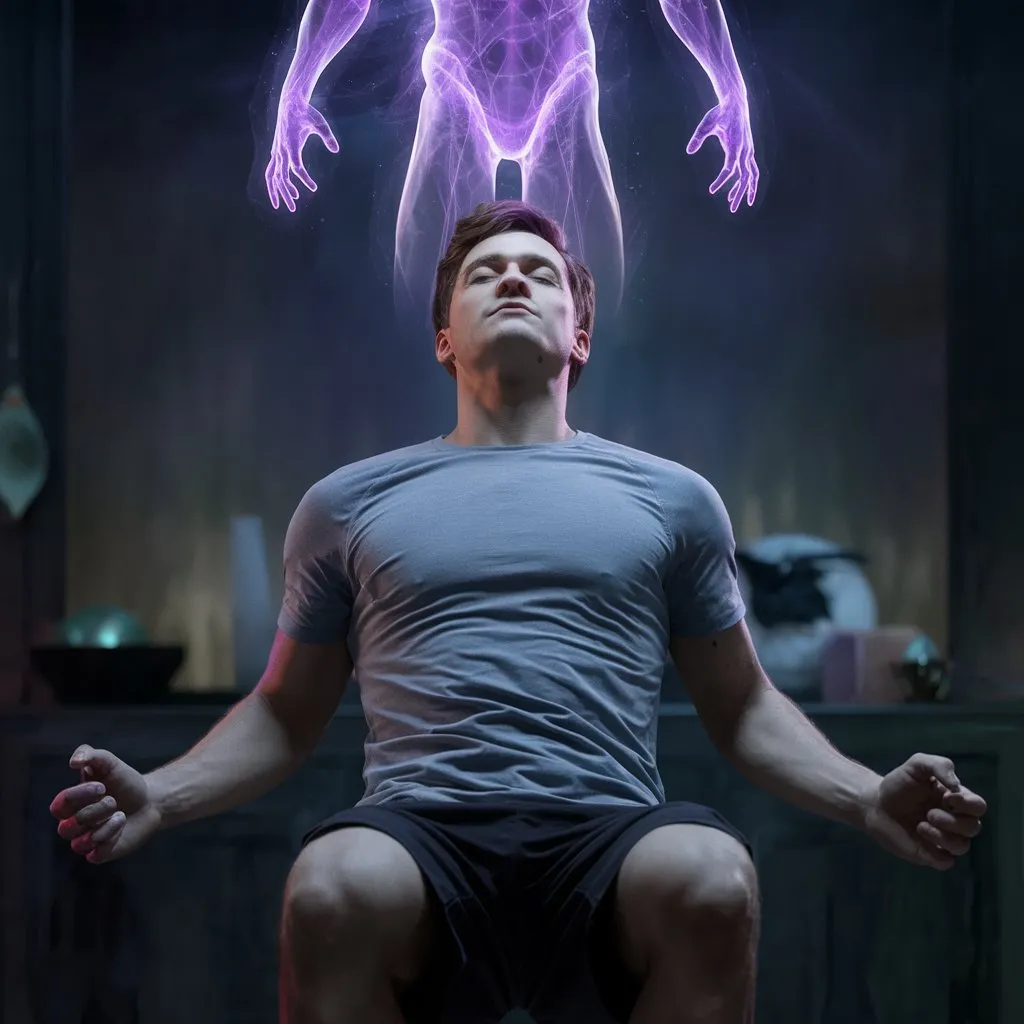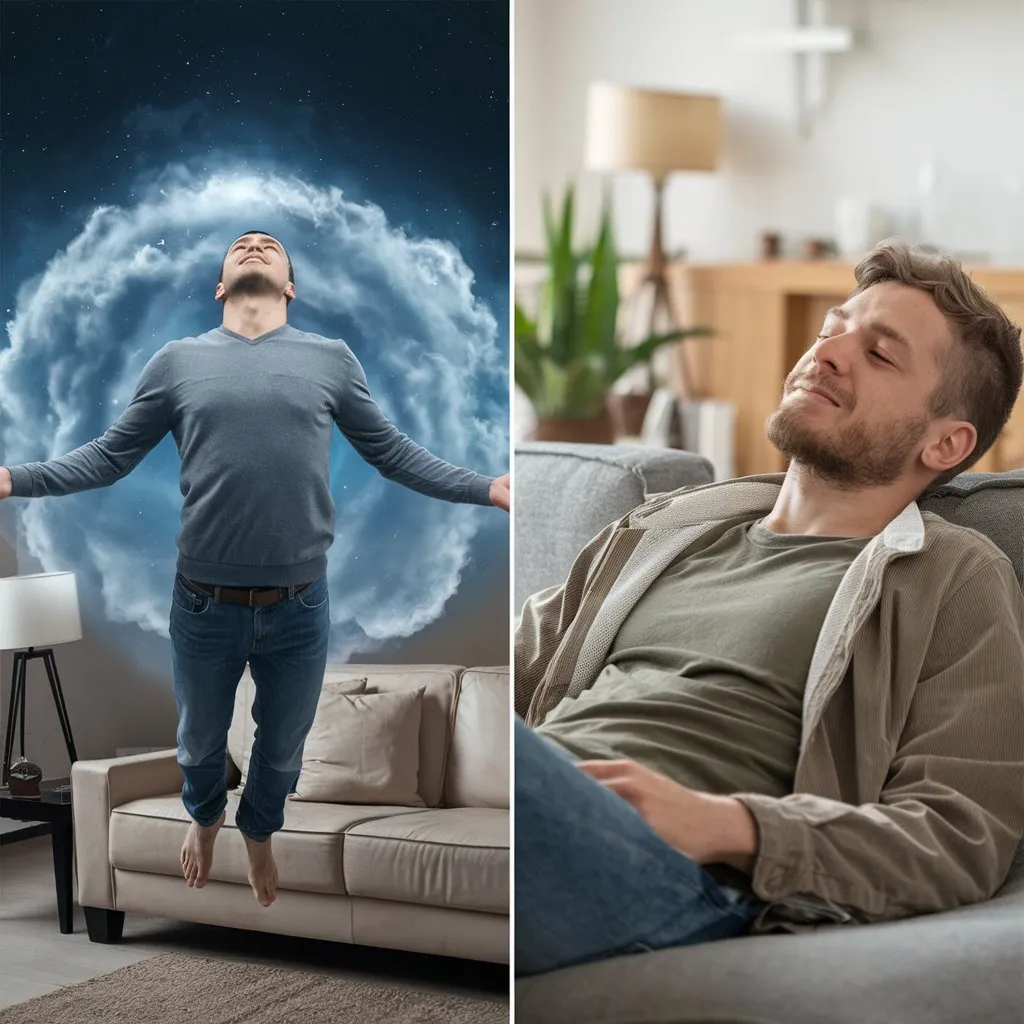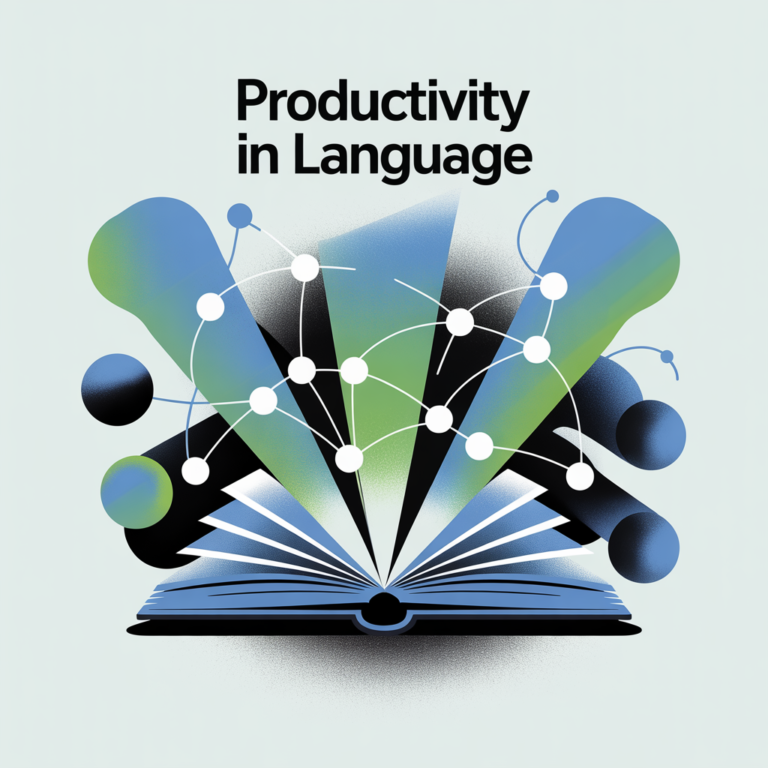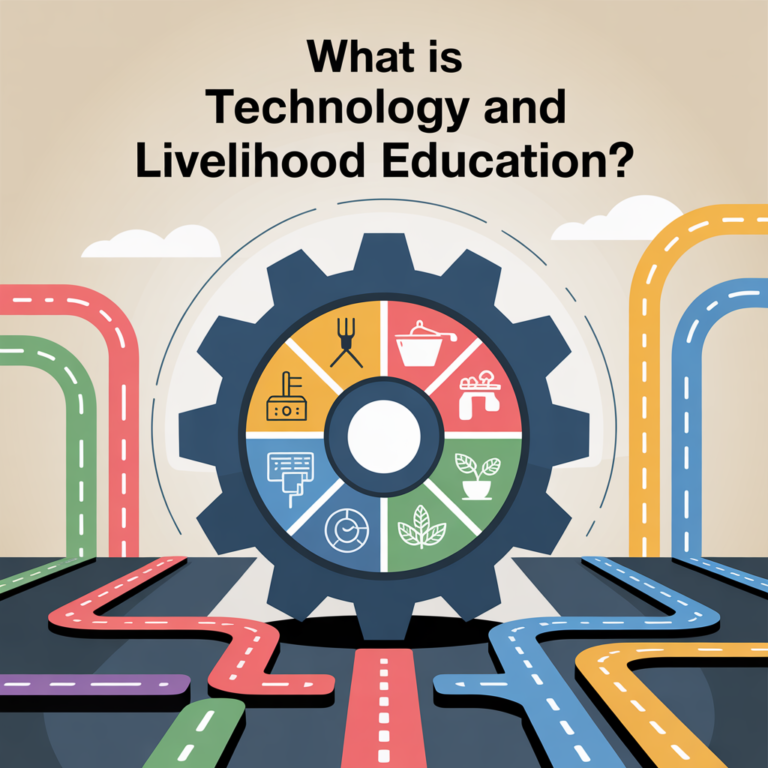Astral projection, lucid dreaming, and reality shifting are three fascinating concepts that have piqued the interest of many individuals—from spiritual enthusiasts to casual explorers and even skeptics. While these phenomena may appear similar, they have distinct characteristics that set them apart. Understanding these differences is crucial for anyone interested in exploring the boundaries of consciousness.
Astral Projection Vs Lucid Dreaming is a topic that surfaces often, sparking conversations and debates. To truly grasp the distinctions between these experiences and how they relate to one another, let’s explore their definitions, purposes, and the unique characteristics that define each one.
Definitions and Basics
Astral Projection

Astral projection is the practice of separating the consciousness or astral body from the physical body. During this experience, individuals report that their astral form can move freely in a different dimension known as the astral plane. This plane is described as an ethereal realm where consciousness transcends physical limitations.
Historically, astral projection has deep roots in various cultures and spiritual practices. Ancient civilizations believed that shamans and spiritual leaders could journey into the astral plane for divine guidance or to perform supernatural feats. Today, people engage in astral projection for self-discovery, spiritual growth, or the sheer novelty of exploring beyond the physical self.
However, it’s worth noting that astral projection remains scientifically unproven. While many people share vivid personal accounts of astral experiences, no empirical evidence confirms its existence beyond anecdotal reports.
Lucid Dreaming

Lucid dreaming occurs when a person becomes aware that they are dreaming while still in the dream state. This awareness allows the dreamer to exert control over the dream, altering the scenario, interacting with characters, and navigating the dream world as if it were a conscious reality.
Unlike astral projection, lucid dreaming has been scientifically verified. Research involving electroencephalography (EEG) and other brain-monitoring tools has shown that lucid dreaming occurs during the rapid eye movement (REM) stage of sleep. Although spontaneous lucid dreams are relatively rare—only occurring in about half of the population—various techniques can be learned to intentionally induce them.
People often practice lucid dreaming for enjoyment, self-exploration, or even therapeutic purposes. By keeping a dream journal, individuals can track recurring themes, better understand their subconscious mind, and use dreams as a tool for personal growth.
Reality Shifting

Reality shifting is the practice of moving one’s consciousness from their current reality to an alternate, often imagined, reality. This could be a fictional world like Hogwarts, a utopia of one’s creation, or even an alternate universe that mirrors one’s own life but with desired changes.
The concept of reality shifting has gained significant traction on social media platforms, particularly TikTok, where enthusiasts share their experiences and offer techniques for shifting. The practice is typically done while awake, unlike lucid dreaming, and often involves scripting—a process of detailing the desired reality and what one intends to do there.
While the idea of shifting aligns loosely with the multiverse theory (which suggests the existence of multiple, parallel universes), reality shifting lacks scientific validation. The experiences of shifters are largely subjective and based on personal testimony, leading experts to consider it a sophisticated form of daydreaming or deep meditation.
Astral Projection Vs Lucid Dreaming Vs Reality Shifting: Key Differences
Nature of Experience
The primary distinction between astral projection, lucid dreaming, and reality shifting lies in the nature of the experience:
- Astral Projection: Involves an out-of-body experience where the astral form detaches from the physical body and explores the astral plane. This can occur in the hypnagogic state—a transitional phase between wakefulness and sleep.
- Lucid Dreaming: Takes place entirely in the REM sleep phase. The dreamer becomes conscious of being in a dream and gains the ability to control or observe the dream without waking up.
- Reality Shifting: Occurs when an individual transitions their awareness from their current reality to a desired one, often while fully conscious. This experience can feel like transferring into an alternate version of existence.
Purpose and Intent
The motivations behind practicing astral projection, lucid dreaming, and reality shifting also differ:
- Astral Projection: Commonly pursued for spiritual exploration and self-growth. It is believed to offer insights into the nature of existence and an understanding of the soul’s journey beyond the physical realm.
- Lucid Dreaming: Often sought for recreational purposes, personal discovery, or overcoming fears and anxieties. Some people use it as a tool for creative inspiration or to experience impossible scenarios within the safe confines of a dream.
- Reality Shifting: Typically done for immersion into a desired or fantastical experience. Shifters may wish to live out scenarios that fulfill deep-seated desires or creative narratives that go beyond the boundaries of their current reality.
Scientific Perspectives
The scientific community’s stance on these phenomena varies:
- Astral Projection: Remains unsubstantiated by empirical research. Psychologists and neuroscientists often label it as a vivid hallucination or a byproduct of the brain’s creative processes.
- Lucid Dreaming: Has been validated through studies demonstrating that it is a learnable skill. Researchers have found that specific techniques, such as the Mnemonic Induction of Lucid Dreams (MILD), can increase the frequency of lucid dreams.
- Reality Shifting: Lacks scientific support and is generally considered a form of deep, guided daydreaming or self-hypnosis. The personal nature of shifting experiences makes them difficult to study or verify in controlled environments.
Techniques for Inducing Each Phenomenon
The methods used to achieve astral projection, lucid dreaming, and reality shifting have some overlaps but are fundamentally different:
- Astral Projection: Techniques such as the “Mind Awake, Body Asleep” method, binaural beats, and deep meditation are often employed to induce the separation of the astral body from the physical body.
- Lucid Dreaming: Common techniques include reality checks, maintaining a dream journal, and using the Wake-Initiated Lucid Dream (WILD) method, which involves transitioning directly from wakefulness into a lucid dream state.
- Reality Shifting: Often involves scripting and visualization techniques like the “Raven Method,” which requires lying in a starfish position, counting to 100, and visualizing the desired reality with affirmations to maintain focus.
Similarities Among the Three Phenomena
While astral projection vs lucid dreaming vs reality shifting highlights their differences, these experiences do share commonalities:
Non-Physical Realms
All three phenomena occur beyond the boundaries of the physical world. In astral projection, the physical body remains stationary while the astral body ventures into unseen dimensions. Lucid dreaming unfolds entirely in the subconscious mind during sleep, and reality shifting takes consciousness into imagined or alternate worlds without physical movement.
Conscious Awareness
Each of these practices involves an element of conscious control. In astral projection, individuals can choose where to journey within the astral realm. Lucid dreamers can actively shape and manipulate their dream scenarios. Reality shifters use detailed scripts to direct their experiences, deciding beforehand what they want to encounter and achieve.
Inducing Techniques
Methods like deep relaxation, visualization, and affirmations are common in inducing astral projection, lucid dreaming, and reality shifting. The Mind Awake, Body Asleep technique used in astral projection shares similarities with lucid dreaming practices such as WILD. Both require maintaining awareness while the body transitions to sleep or a meditative state.
Benefits and Risks
Benefits
- Astral Projection: Promotes spiritual awareness, reduces fear of death, and can offer profound personal insights.
- Lucid Dreaming: Provides a safe space for creativity, allows individuals to practice real-life skills, and can help manage nightmares or anxieties.
- Reality Shifting: Offers escapism and creative fulfillment by immersing oneself in a desired alternate world or reality.
Risks
- Astral Projection: Some people report experiencing sleep paralysis or unsettling encounters during their astral travels.
- Lucid Dreaming: The risk is minimal, but there can be confusion between reality and dreams for some individuals. Overindulging in lucid dreaming can also disrupt sleep cycles.
- Reality Shifting: Primarily psychological, reality shifting can blur the line between daydreams and perceived experiences, potentially causing confusion or dependency on the practice as an escape from real-life challenges.
Scientific Skepticism
The scientific community’s response to astral projection vs lucid dreaming vs reality shifting is largely influenced by the level of research backing each phenomenon. While lucid dreaming has a solid foundation in scientific studies, astral projection and reality shifting remain more speculative.
Astral Projection
Skeptics argue that astral projection is a product of the brain’s mechanisms during sleep or altered states of consciousness, such as hypnagogia. The absence of measurable data or controlled studies makes it difficult to substantiate claims about astral travel.
Lucid Dreaming
Lucid dreaming stands out as the most credible of the three, thanks to empirical research and documented practices that demonstrate its existence. Lucid dreaming is supported by brain imaging techniques and controlled studies, making it an accepted concept within the scientific field of sleep studies.
Reality Shifting
Reality shifting, despite its popularity, faces the most skepticism due to its reliance on anecdotal evidence and subjective reports. Experts often view it as an advanced form of guided visualization or daydreaming that feels real to the individual due to the brain’s capacity for deep imagination and cognitive immersion.
Conclusion
The comparison of astral projection vs lucid dreaming vs reality shifting reveals that while these practices share common threads, they each offer unique experiences and come with varying degrees of acceptance and skepticism.
Astral projection is deeply rooted in spiritual exploration but remains scientifically unproven. Lucid dreaming is a well-documented phenomenon that blends the dream state with conscious awareness, allowing for creative freedom and personal insight. Reality shifting is a newer trend, captivating social media with its potential for immersive experiences, yet remains scientifically unsubstantiated.
Each of these phenomena provides a pathway to explore consciousness beyond the physical realm, sparking curiosity and wonder. Whether your interest lies in the spiritual growth of astral projection, the creative fun of lucid dreaming, or the imaginative escapism of reality shifting, understanding their differences and similarities can help guide your exploration of the mind’s vast potential.




